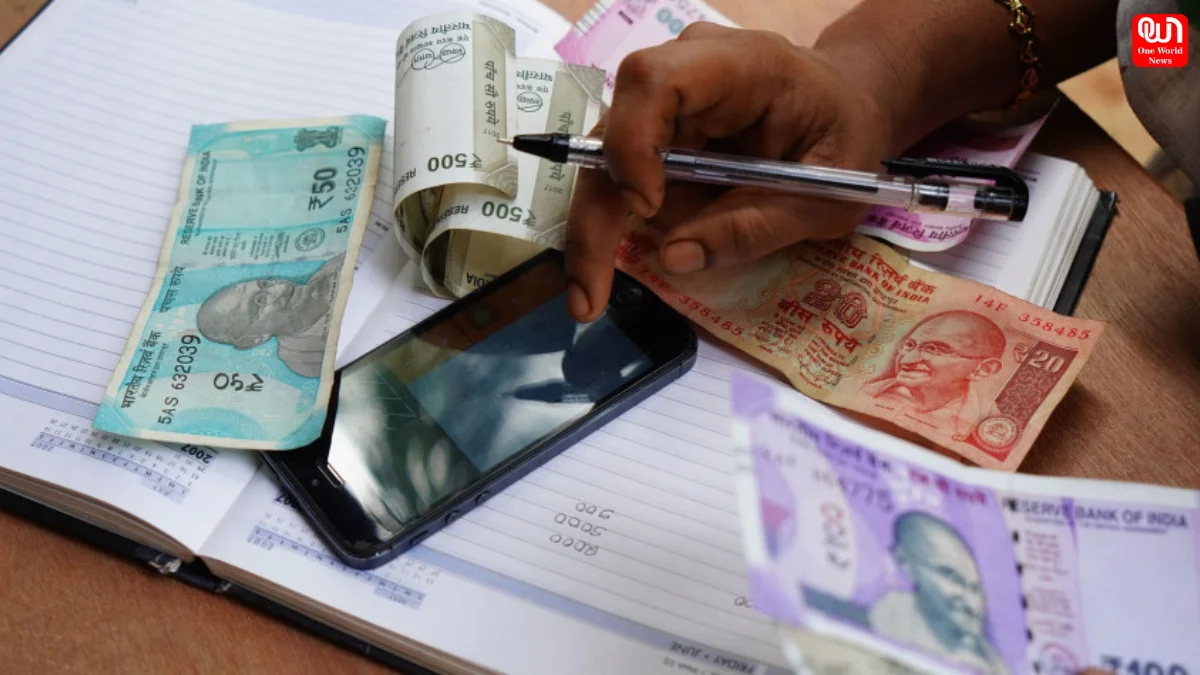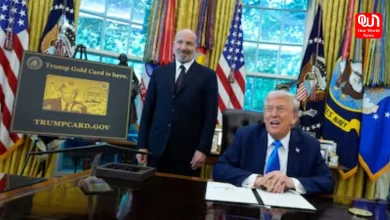Central Excise Day 2025: Background, Significance, Important Facts and Why is it Celebrated?
Central Excise Day 2025: Strengthening Tax Administration for Economic Growth
Honoring Taxation Excellence for National Development
On February 24th, individuals worldwide will commemorate this unique day. Observing Central Excise Day focuses on emphasizing the vital function that the Central Excise Department has in the nation’s economy. It is also a day to acknowledge the work of officials who oversee the manufacturing industry and guarantee the equitable collection of taxes, assisting the government in generating funds for development.
Background of Central Excise Day
The Central excise Department is among the oldest departments in India, founded in 1855 during the British Raj. “The Central Excise Act” or “The Central Excise and Salt Act” was enacted in 1944, marking the first celebration of Central Excise Day, but in 1996, these acts underwent some amendments.
The “Power to Arrest” was granted to the Central Excise Officers of the Union Government in 1973, and in 2013, this authority was extended to Service Tax Matters. Initially, this act referenced 67 items related to the Excise Duties, a number that has now enlarged to around 1000. Following July 2017 and the introduction of GST, the Central Excise Department concentrated solely on taxing Petroleum and Liquor products to ensure accurate revenues.
In acknowledgement of the creation of laws, the CBEC has observed Central Excise Day since the enactment of the Salt Act, which became law on February 24, 1944.
Theme of Central Excise Day 2025
Enhancing tax administration fosters economic growth by lessening regulatory constraints, drawing foreign investment, and encouraging entrepreneurship. Streamlined tax procedures enhance transparency, adherence, and revenue gathering. Main strategies consist of simplifying taxes, embracing digitalization, educating taxpayers, utilizing a risk-based approach, and fostering collaboration. Through the adoption of these strategies, governments can foster a dynamic economy, encouraging growth, investment, and job creation, while boosting competitiveness in the international market.
The theme for Central Excise Day 2025 is Streamlining Tax Administration for a Vibrant Economy.
What is the reason for celebrating Central Excise Day?
The day recognizes the efforts of the Central board of Indirect Taxes and Customs (CBIC) along with its affiliated officers and their contributions to the nation. This day also inspires officers to carry out their responsibilities with complete dedication. Annually, authorities carry out their responsibilities to examine the corruption of products from the manufacturing industry.
Read More: Veteran Actress Bhagyashree Birthday- 23rd February!
The Central Excise Department is crucial for the nation’s industrial progress. The tax system has undergone reform, and the Ministry has also enhanced technology use to simplify tax payment.
The aim of commemorating this day is likewise to inform the nation’s citizens about the significance of the Central Board of Excise and Customs. Numerous events are coordinated by the Board on this day, encompassing seminars, workshops, educational and cultural initiatives, awareness campaigns, competitions, and award presentations.
Importance of Central Excise Day 2025
The day recognizes the role of the Central Board of Indirect Taxes and Customs (CBIB) in the nation and the personnel linked to it and its services. The day also motivates the officers to perform their responsibilities by inspecting the corruption of products from the manufacturing industry. The Central excise Department significantly contributes to the industrial growth of the nation. The Ministry has revamped the tax system to simplify tax payments and has also enhanced the application of techniques.
Read More : Rotary’s 120th Anniversary of World Peace and Understanding Day
Key details about Central Excise Day
Every year on 24 February, this day is observed to honor the Central Excise and Salt Act, which was revised to be included in the Constitution of India in 1944. Both of these acts were enacted to integrate and modify regulations concerning excise and customs taxes. Already widespread in Indian society. It was a unified compilation of 11 Acts concerning excise duty. In subsequent years, this legislation was renamed the Central Excise Act of 1944. The initial two schedules of this act established the regulations concerning the rise and fall of duty rates.
This Act established a distinct position for officers tasked with the collection of duties as outlined in the official version of the Act. The responsibility of gathering excise duty and monitoring customs duties along with its subsequent schemes fell under the authority of the Central Board of Indirect Taxes and Customs.
We’re now on WhatsApp. Click to join.
Like this post?
Register at One World News to never miss out on videos, celeb interviews, and best reads.








